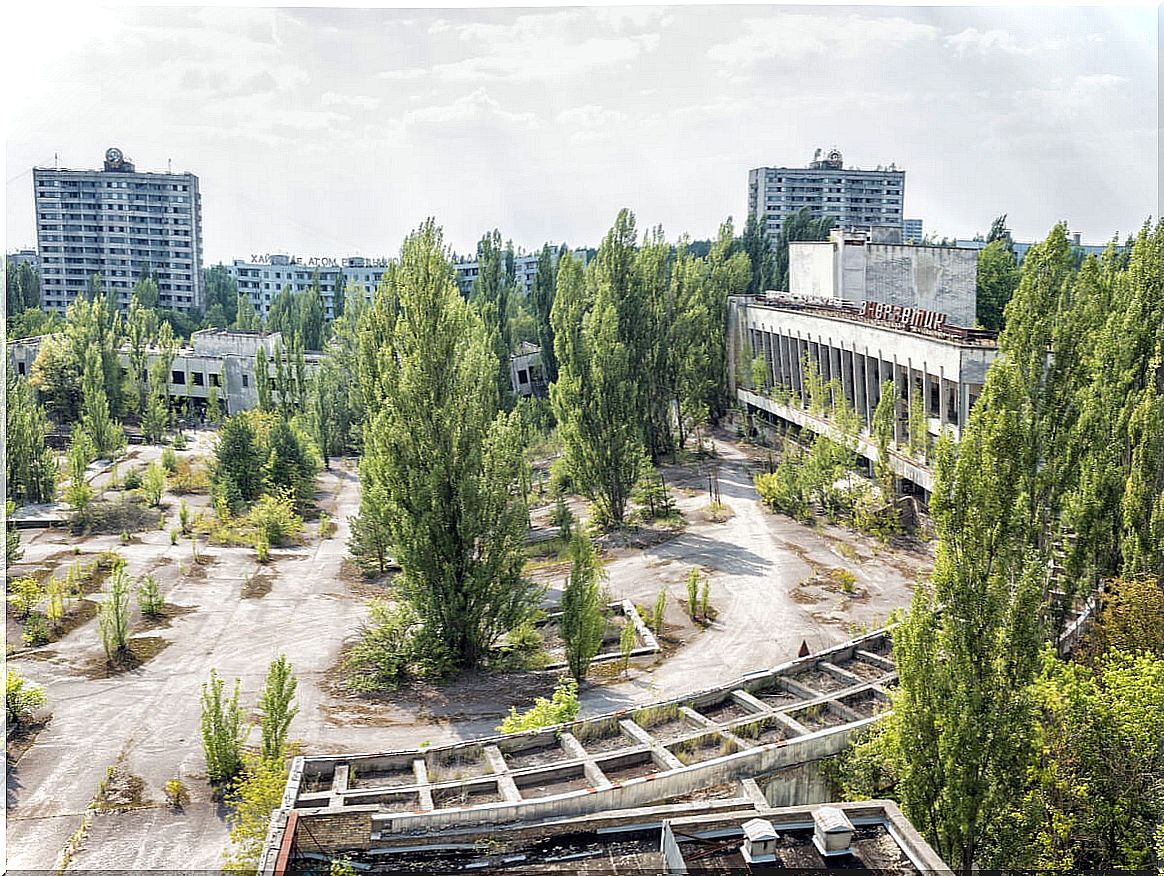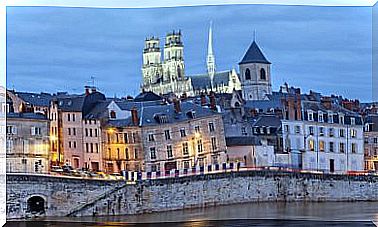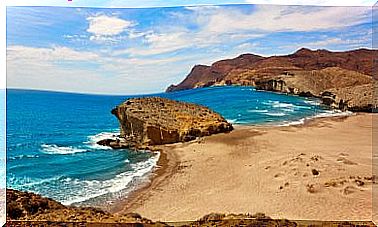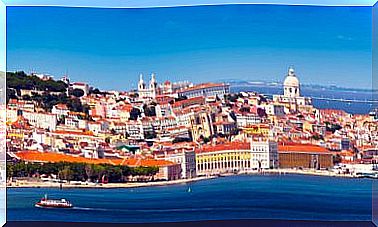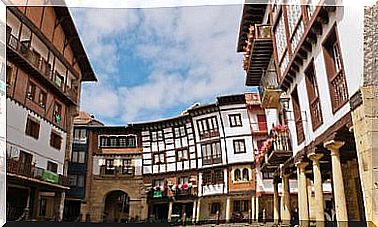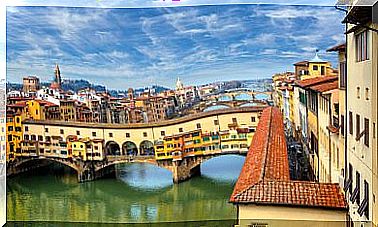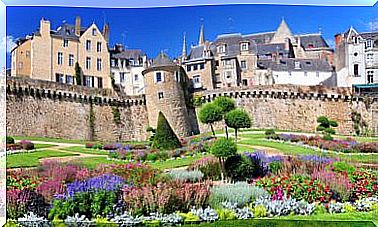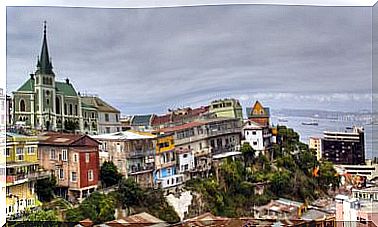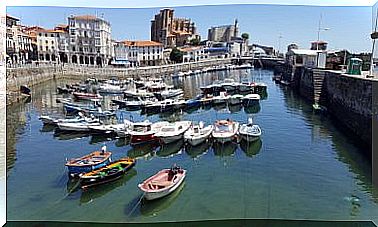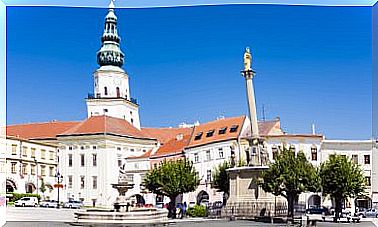Pompeii, A City Buried By Ashes
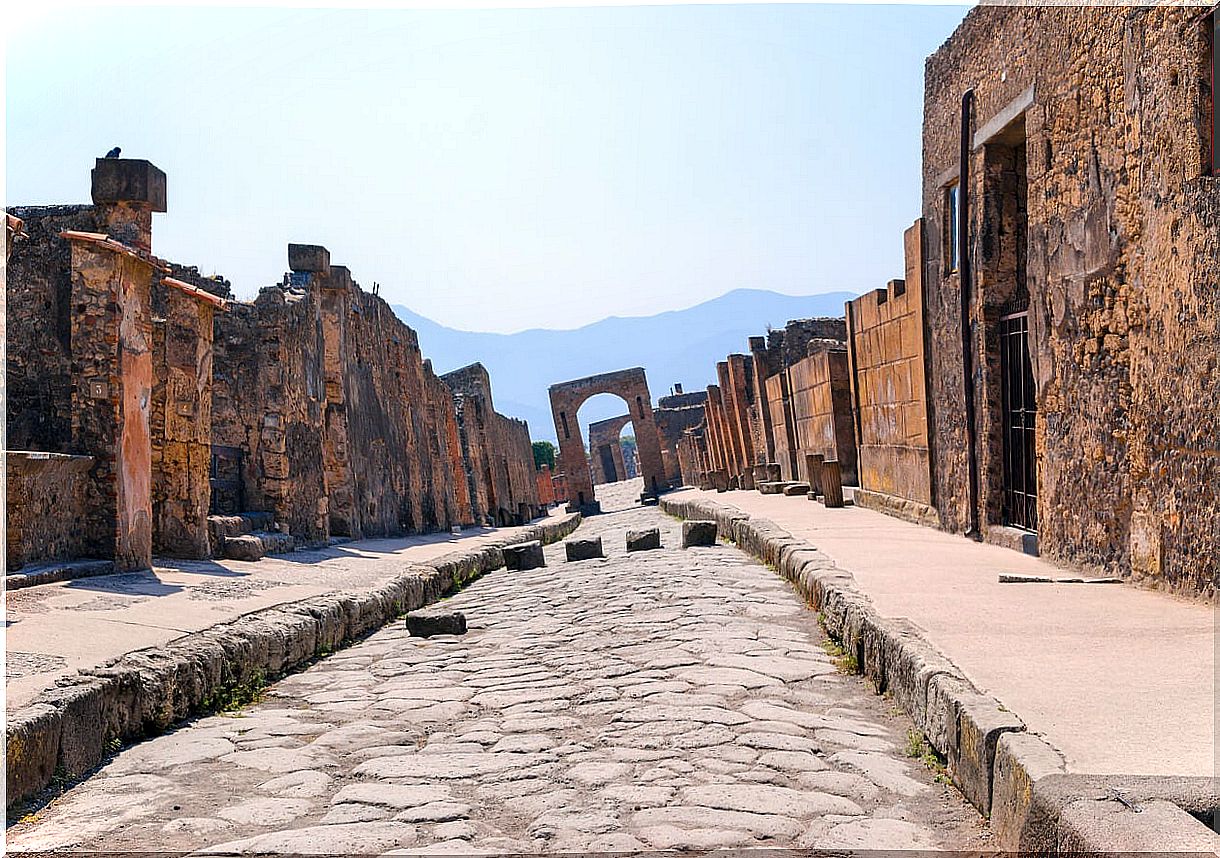
The city of Pompeii, located in the Italian region of Campania, in the metropolitan area of Naples, was destroyed and buried by a huge eruption of the volcano Vesuvius in the year 79. That violent eruption made the cities of Pompeii and Herculaneum, and these fell into oblivion after that impressive cataclysm.
Next, we suggest you go up to the slopes of Vesuvius to discover some curiosities of Pompeii, a dynamic city that was trapped in time.
Some facts about the tragic place
The catastrophic eruption of the volcano Vesuvius in 79 trapped the 25,000 inhabitants who at that time lived in the city of Pompeii. This was buried under the ashes, along with some of the most emblematic buildings of Ancient Rome.
Pre-Roman peoples already lived in this area of the valley next to Vesuvius many years before the arrival and consolidation of the Great Empire. In fact, this region – Campania – has a very long commercial history, mainly reflected in Etruscan and Greek incursions and influences.
The area originated during the Bronze Age, at the mouth of the Sarno River. The Pompeii site and the surrounding area offered the advantages of a favorable climate and rich volcanic soil that allowed agricultural activity to flourish.
In fact, Pliny the Younger, writer and scientist of ancient Rome, wrote in his letters about the city of Pompeii. This author considered it as one of the most beautiful places in the world, surrounded by fertile lands that produced abundant wine.
Vesuvius, the volcano that buried Pompeii
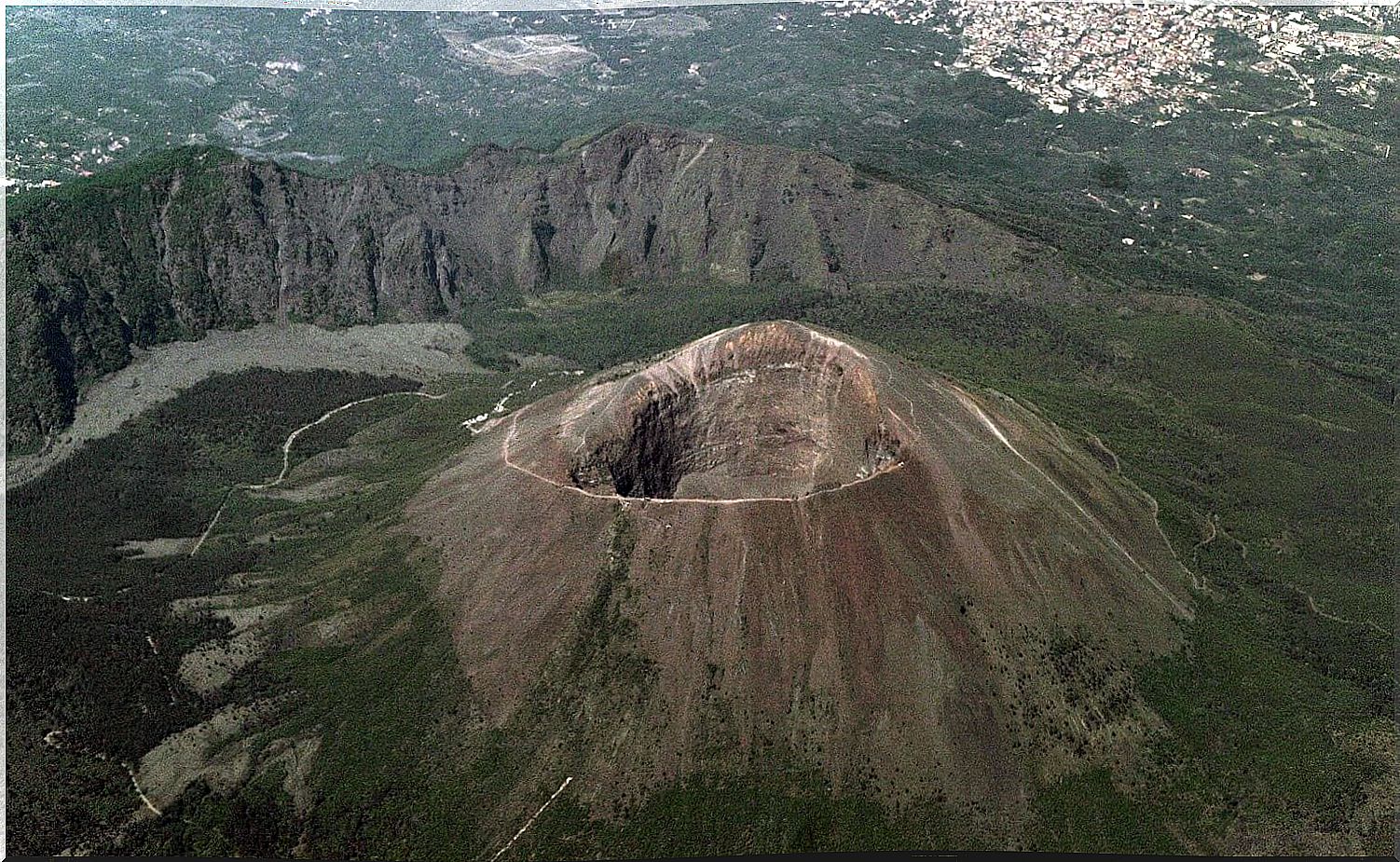
Vesuvius did not form overnight; in fact, scientists consider that the mountain has been erupting for many periods throughout history. Either way, the eruption that buried Pompeii came unexpectedly for the city’s inhabitants.
It was August 24, 79, a day after the Vulcanalia festivities, held in honor of Vulcan, the Roman god of fire. It is believed that the eruption lasted about 24 hours, but the remains of rocks and ash continued to fall for 2 consecutive days until they completely covered the city and buried it under 6 meters of pyroclastic materials.
The lava reached the city at a speed of 110 km / h and covered an area of 500 square kilometers, so not only Pompeii was destroyed, but also other surrounding cities and towns; among them, the famous city of Herculaneum.
Enjoying Pompeii 2000 years later
Going through the gates of Pompeii means going back almost 2000 years in time. Here they have been discovered practically intact houses, frescoes, objects of daily life, but also some strange cavities with human shape that testify to the virulence with which that fateful day occurred.
What was once a prosperous port city – although today the sea is several kilometers away – has become the most important archaeological site of all that remain of Roman civilization.
The excavations began in the eighteenth century, but nowadays new finds are still being produced that allow us to know the antiquity a little better.
Walking the streets of Pompeii is like walking through the past. Impressive buildings such as the amphitheater, gymnasiums, thermal baths, the temple of Isis or that of Apollo rise there, defying the passage of time . Likewise, taverns, bakeries, laundries and the city’s lupanar are preserved, with its stone beds and erotic scenes painted on the walls.
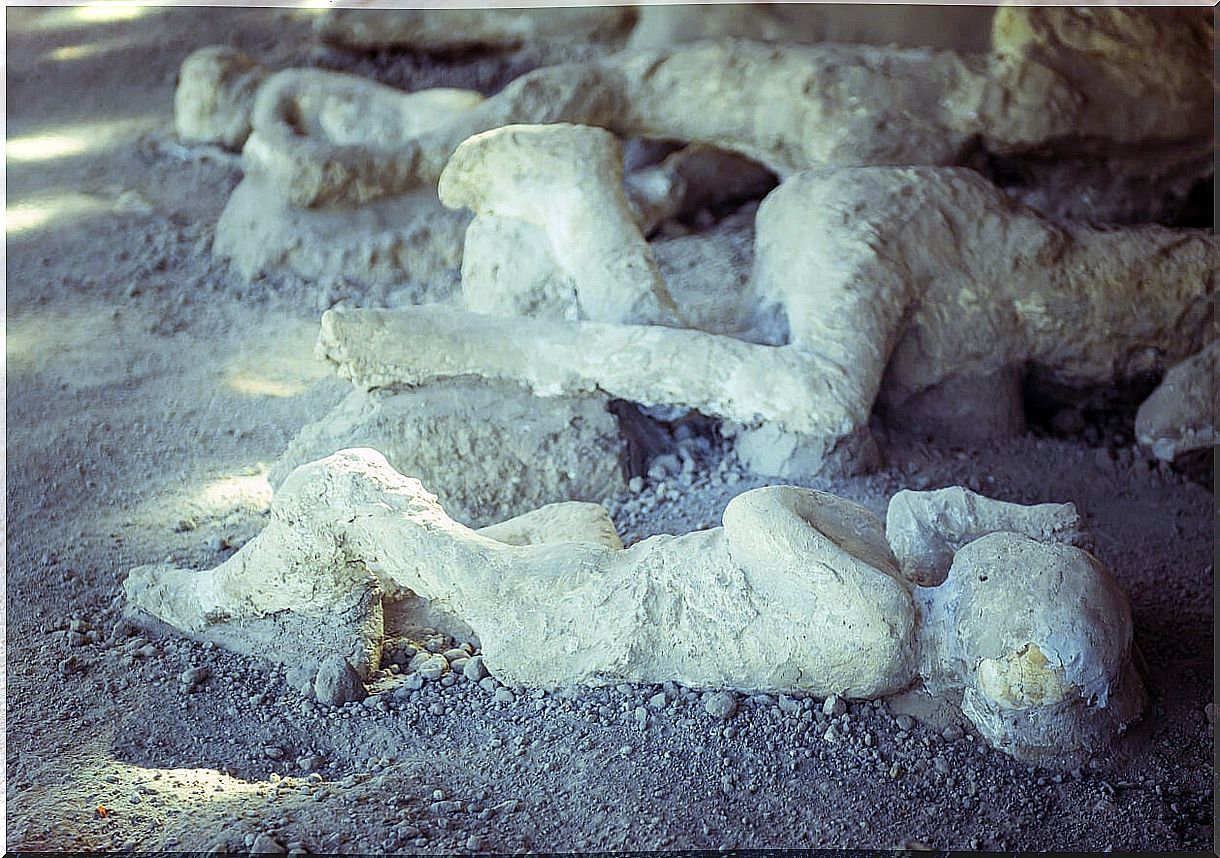
Vesuvius is still alive
The danger from Vesuvius is not over. This volcano is the only active one in continental Europe and remains dormant more than 70 years after its last major eruption, which occurred in 1944.
The area around Vesuvius is densely populated. It is estimated that an eventual destructive eruption could affect some 3 million people residing in the municipalities of the Gulf of Naples.
Pompeii has become the most important archaeological site of Roman times due to its excellent state of preservation. The three-quarters of the city that are currently uncovered allow us to get an idea of what life was like there and how, in just a few minutes, all the pages of its history were turned to ashes.
